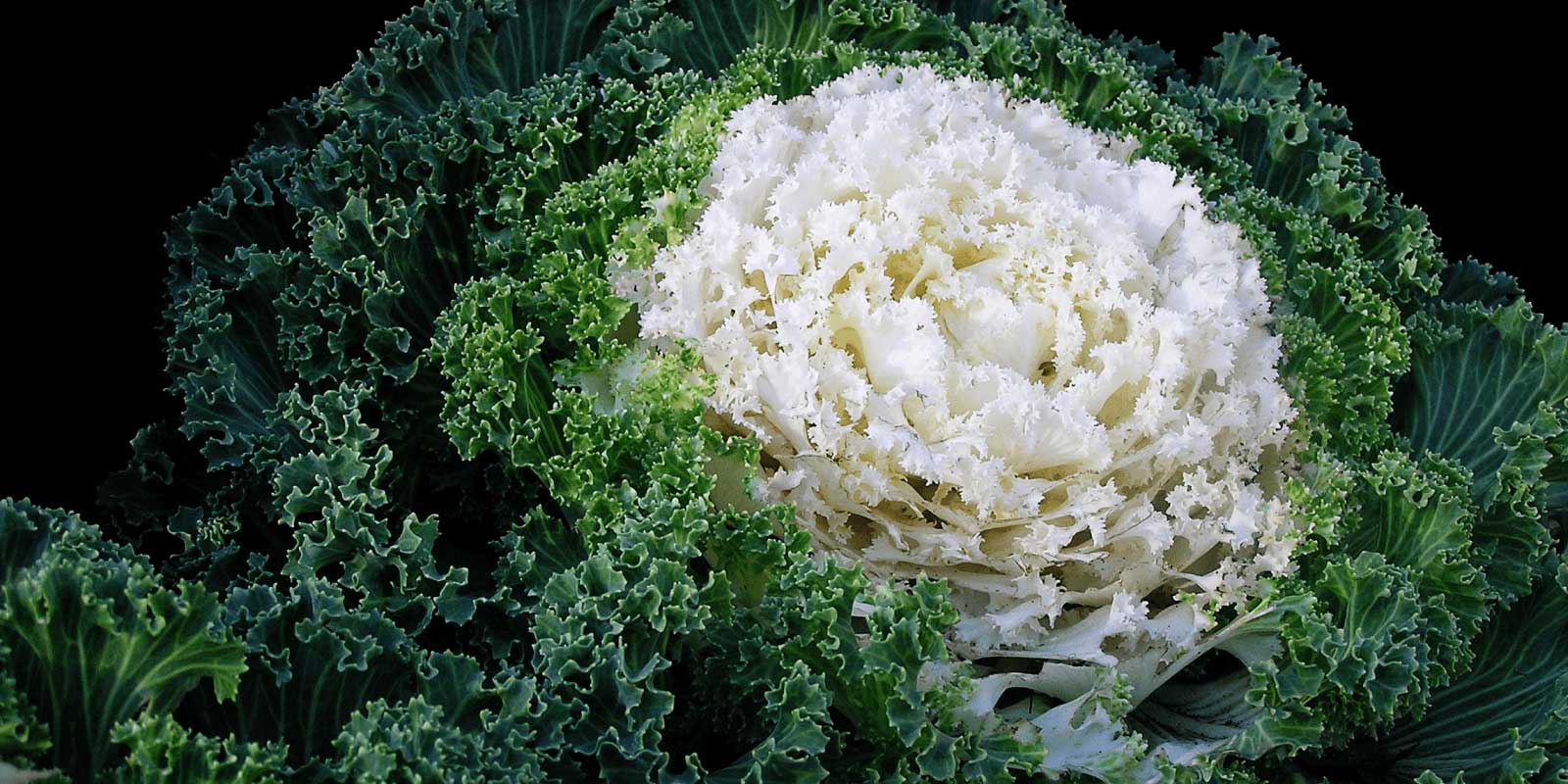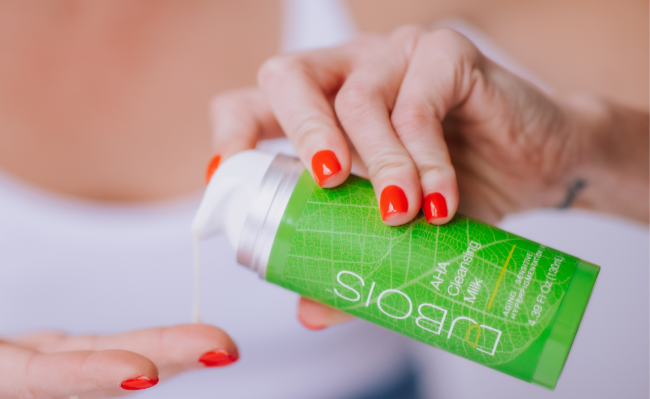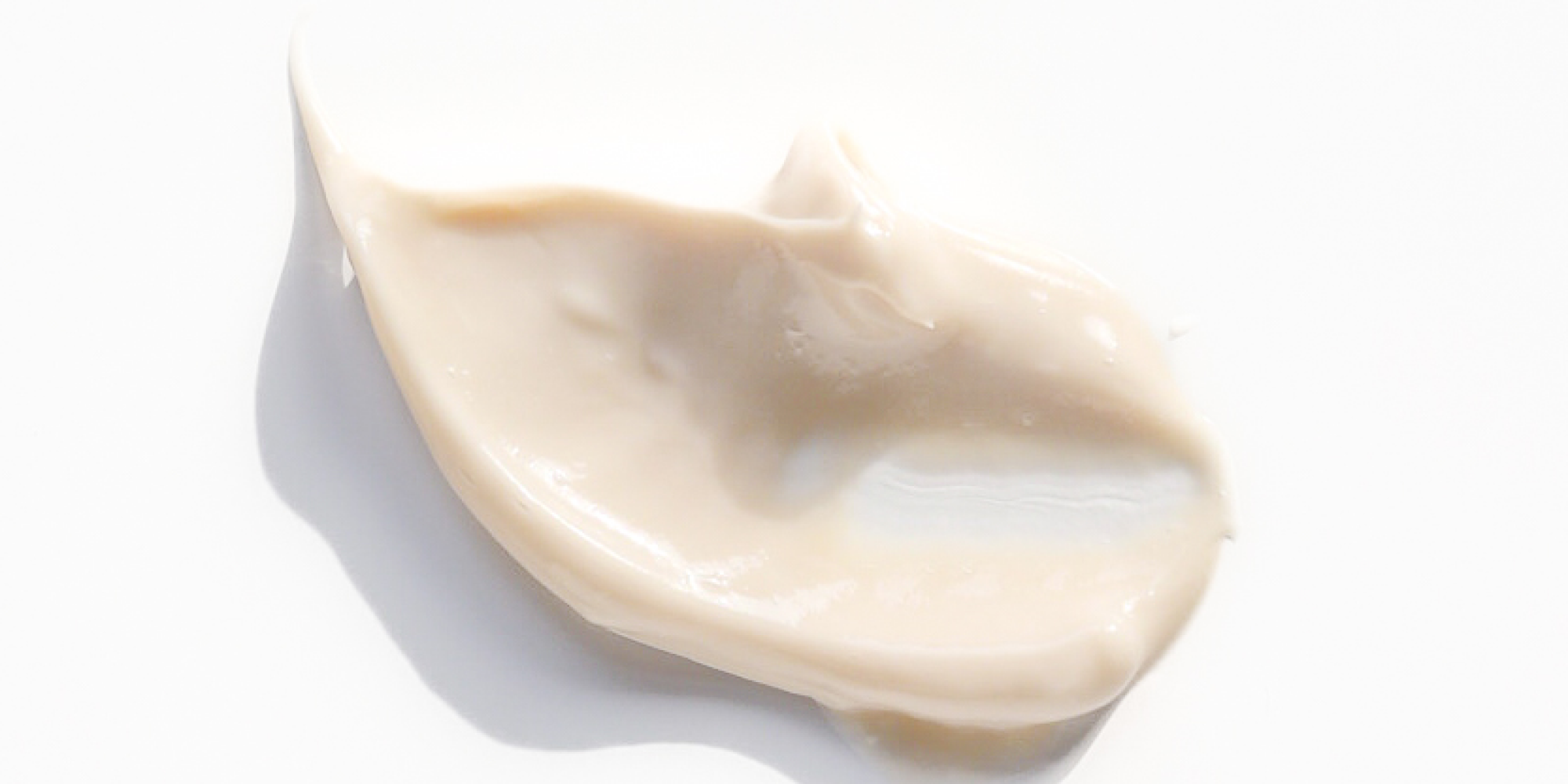
Micronutrients & Skincare: 5 Ways to Incorporate Micronutrient Foods into Your Daily Routine
Micronutrients are added to many skincare products and many of us make an effort to apply them to the outside of our body in our daily skincare routine. Why not incorporate them into the foods we eat as well?
What are Micronutrients?

Micronutrients are essential vitamins, minerals, and biochemicals our bodies need to function properly. They help us produce energy and support all of the vital processes that occur in our bodies. They help ensure that things like our brain, immune system, muscles, bones, heart and skin, among many other parts of our body are working well.
When we pack our meals with nutrient-dense food, the micronutrients we consume can improve our skin by providing it with vital vitamins and minerals that are crucial for our body’s ability to function at its best.
Do you need Micronutrient Supplements?

If you’re incorporating a wide variety of whole, nutrient-dense foods into your daily routine, you likely won’t need any micronutrient supplements. The greatest source of micronutrients comes from high quality whole grains, proteins, fruits, and vegetables. Eating healthy meals that incorporate foods with essential micronutrients is the best way to fuel your body. While some people may be at risk of certain micronutrient deficiencies and could benefit from micronutrient supplements, adding nutritious foods to your meals is a great way to naturally add micronutrients to your body.
Here are 5 ways to incorporate micronutrients into your daily routine to make your skin glow from the inside out.
How to Incorporate Micronutrients Tip #1: Eat Greens at Every Meal
Incorporating leafy greens into every meal is a great way to fuel your body with micronutrients. Leafy green are packed with vitamins A, C, and K, as well as folate and magnesium.
There are many ways to enhance your meals with micronutrient-rich greens so consider bringing in these healthy foods into every meal. Cook up some spinach with your eggs in the morning, throw some kale into your smoothie, make a collard green wrap sandwich for lunch and include cabbage in your stir-fry for dinner. The possibilities are endless with these mighty green veggies so experiment with different ways of including these amazing foods into your meals and find what you like best.
How to Incorporate Micronutrients Tip #2: Snack on Nuts & Seeds
Instead of grabbing a back of chips or pretzels for a snack, consider snacking on healthy nuts and seeds to satisfy that afternoon slump. Nuts and seeds are great for heart, bone and skin health because of their high vitamin E, fiber, omega-3 fatty acids, zinc, and healthy fat content.
These micronutrient-packed foods are great to add into your daily routine. Top your salads with some cashews, add some chia to your smoothie, or consider eating some almond butter with an apple for a snack. If you’re purchasing nuts and seeds, be sure to read labels and buy organic when possible. The nuts and seeds should be raw and things like nut butters should be free of added sugar and other fillers like palm oil that don’t add nutritional value.
How to Incorporate Micronutrients Tip #3: Sweeten up your Plate with Berries
If you’re looking for a sweet treat, try sweetening up your plate with some berries. Berries are high in antioxidants, phytonutrients, fiber and are known to have strong anti-inflammatory qualities. Berries are lower on the glycemic index so they can also help to better control your blood sugar levels as well.
When you purchase berries, try to purchase organic when possible as conventional berries are typically on the Environmental Working Group’s Dirty Dozen list as having higher amounts of pesticides. You can eat them raw or cook them up as healthy additions to dessert, oatmeal, or jam. Berries are a great way to nourish your body while also satisfying that sweet tooth.
How to Incorporate Micronutrients Tip #4: Batch Cook Whole Grains
Whole grains are high in vitamin B, iron, magnesium, and selenium and are a great source of fiber. There are a wide variety to choose from and it’s best to make sure you’re consuming whole grains instead of refined grains. Refined grains are made so that some layers of the grain are removed, taking away a lot of its nutritional value.
Consider batch cooking whole grains on Sunday to incorporate in your meals throughout the entire week. When you prep your grains at the beginning of the week, it’s easier to prepare meals more quickly when you’re exhausted after a long day or work or need to put together a healthy meal quickly. Amaranth, buckwheat, wild rice, oats, millet, and barley are some examples of whole grains. Consider sprouting grains by soaking them ahead of time to make them more easily digested. Serve them as a side or incorporate them into soups, salads, and stirfrys.
How to Incorporate Micronutrients Tip #5: Stock Your Pantry Up with Legumes
Legumes, including beans, peas, and lentils, are high in phytonutrients and other minerals like phosphorous, iron, calcium, manganese, and folate. Make it easy to includes these micronutrient-rich foods into your daily routine by stocking your pantry with either dried or canned legumes. It’s nice to have some legumes readily available in your pantry that you don’t have to worry about buying fresh every week.
If you’re using dried beans, remember to soak your beans the night before to make them more easily digested when you cook them the next day. You can include beans in your salads, soups, and even in your smoothies. If you’re looking for a quicker option, lentils don’t need to be soaked and can be cooked on the stovetop in 15 minutes. You can also use canned beans and lentils for easy options.
Micronutrients Food List

Nutrient-dense foods are great sources of micronutrients. There are many foods that you can consume for vital vitamins and minerals. Here’s a handy micronutrient food list to help you get started.
|
Greens
|
Nuts & Seeds
|
Berries
|
|
Whole Grains
|
Legumes
|
|
Experiment with these different foods to figure out what you like best. Try incorporating all different kinds of micronutrient-dense foods in your diet to help your skin glow from the inside out.
Interesting in reading more?
See Harvard Health's article on how Micronutrients Have A Major Impact on Health Read more





